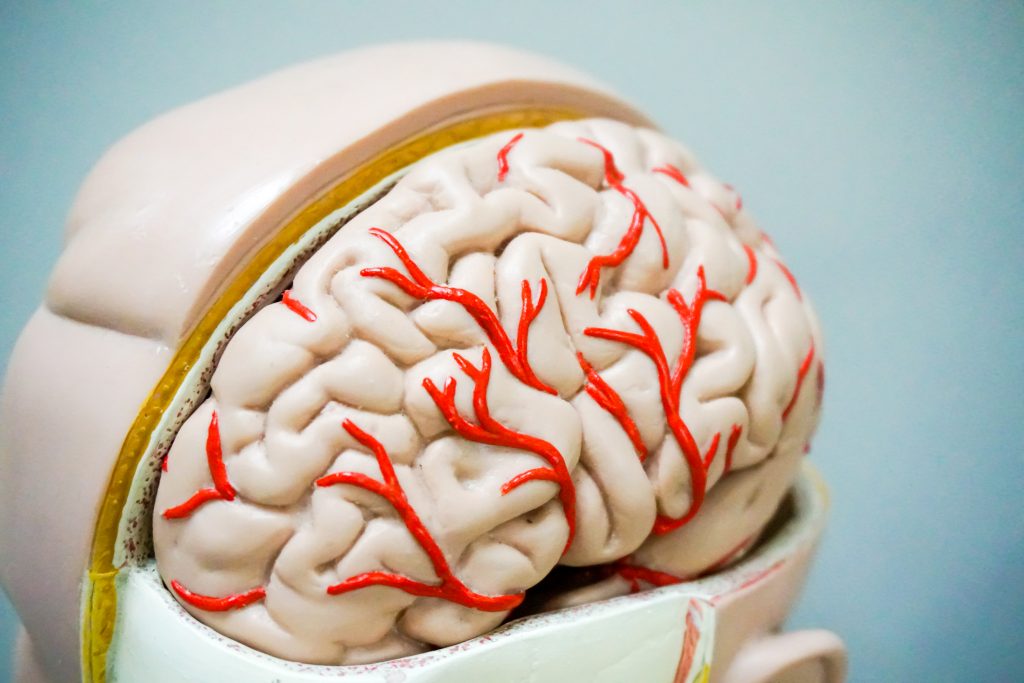Brain Hemorrhage: Recognizing the Warning Signs and Symptoms
A brain hemorrhage occurs when a blood vessel ruptures in the brain, causing bleeding in the brain tissues. This bleeding can be life-threatening and can damage the brain cells completely by putting pressure and depriving them of oxygen and nutrients. There are different types of brain hemorrhage that happen in the different layers of head. A brain hemorrhage can occur anywhere in between these layers. The different types of brain hemorrhage are also named based on the location in the brain where it occurs. The thought of a brain hemorrhage is scary and can bring fear into one’s mind. When a brain hemorrhage occurs, it is necessary to get it treated immediately. In this comprehensive blog, let us learn about brain hemorrhage and some of its symptoms and the way it shows up. We will also explore some brain hemorrhage treatment methods. Let’s dive in!
Symptoms of Brain Hemorrhage
Sudden or Severe headache: There can be increased pressure in the brain due to bleeding, which can result in an intense headache, a debilitating pain that can seem like the worst pain you’ve ever experienced. This severe headache can occur all of a sudden without any warning and is the most common one of the brain hemorrhage symptoms.
Weakness, Tingling: A feeling of fatigue and experiencing sudden weakness or tingling feeling especially on one side of your body can be one of brain hemorrhage symptoms. This symptom is caused when the brain’s part that controls sensation and muscle movement is affected due to bleeding.
Nausea or Vomiting: Another common one of the brain hemorrhage symptoms is experiencing nausea or having a vomiting sensation. Again similar to feeling weakness across your body, this symptom can show up due to the brain being affected because of intense pressure on it.
Dizziness: The next of the brain hemorrhage symptoms is the feeling of dizziness. When a brain hemorrhage occurs, it affects the part of the brain’s part that is responsible for coordination and balance and this is disrupted when there is more pressure pressed on the brain. When the brain’s normal functioning is affected, it causes symptoms such as these.
Confusion: With dizziness, people experiencing a brain hemorrhage can also experience confusion. This one of the brain hemorrhage symptoms affects a person’s ability to think straight, understand and process information.
Seizures: Uncontrolled disturbances that affect a person’s behaviors, feelings and movements causing them to act seemingly bizarre, called seizures.
Loss of Consciousness: There could be a brief or extended loss of consciousness as a result of brain hemorrhage. The ability to remain in control and alert is greatly affected. Increased intracranial pressure can damage the brain tissue responsible for consciousness, which is the cerebral cortex. While experiencing loss of consciousness a person could suddenly collapse, become unresponsive and disoriented. Seizures are usually experienced before experiencing loss of consciousness as a brain hemorrhage symptom.
Feeling Tired: Feeling unusually lethargic and tired can be one of the brain hemorrhage symptoms. While the brain’s energy is being used to compensate for the effects of bleeding, feeling lethargic is a given.
Stiff Neck: In a brain hemorrhage, the parts of the meninges are affected and this can sometimes cause irritation to those protective layers of the brain and spinal cord. This irritation can lead to a stiff neck and cause neck pain. Sometimes this neck pain is misdiagnosed as a muscle strain.
Treatment for Brain Haemorrhage
Treatment of the Hemorrhage/Hematoma
The first priority is to treat the hemorrhage or the bleeding in the brain. This involves stopping bleeding in the brain and the removal of the accumulated blood. This is done to reduce the pressure on the brain.
Treatment of the Cause of the Hemorrhage
A brain hemorrhage can be caused due to various reasons like high blood pressure, diabetes, head injuries, aneurysms etc. Identifying the cause behind the brain hemorrhage will help treat it properly and effectively.
Brain hemorrhage Treatment
Initial Treatment:
The first course of treatment for brain hemorrhage symptoms focuses on stabilizing the patient by managing what caused it like the high blood pressure and controlling the bleeding and addressing what immediately caused it. Intravenous medications (IV) and fluids are used to stabilize the patient.
Decompression:
Decompression involves relieving pressure on the brain caused by the accumulated blood. This brain hemorrhage treatment can be done through medications that reduce brain swelling or surgical procedures that physically remove the blood.
Craniotomy Surgery:
A craniotomy is a surgical procedure in which a portion of the skull is temporarily removed to access the brain. During this brain hemorrhage treatment surgery, the surgeon can remove the accumulated blood and repair any damaged blood vessels to prevent further bleeding.
Medications:
Various medications can be used to manage brain hemorrhage symptoms and complications. These may include:
Antihypertensives: To manage high blood pressure, a common cause of brain hemorrhages.
Anticonvulsants: To prevent or control seizures.
Diuretics: To reduce swelling in the brain.
Pain Relievers: To manage severe headaches and other pain.
FAQs
1.What is a brain hemorrhage?
A brain hemorrhage is caused when a blood vessel ruptures in the brain leading to bleeding in the surrounding tissues. This can damage the brain cells and impair brain functioning.
2.What are the symptoms of a brain hemorrhage?
Brain hemorrhage symptoms include severe headache, confusion, dizziness, seizure, vomiting, stiff neck, constant feeling of weakness and fatigue.
- What causes a brain hemorrhage?
High blood pressure, aneurysms, arteriovenous malformations (AVMs), head trauma, and certain medical disorders that impair blood coagulation are among the common causes of brain hemorrhages. Risk factors related to lifestyle choices include excessive alcohol intake, smoking, and blood-thinning drug use.
- How is a brain hemorrhage diagnosed?
A medical history, physical examination, and imaging tests are usually used to diagnose a brain hemorrhage. To see within the brain and find bleeding, CT scans and MRIs are frequently utilized. It could be necessary to run additional tests, including angiography, to determine what caused the bleeding.
